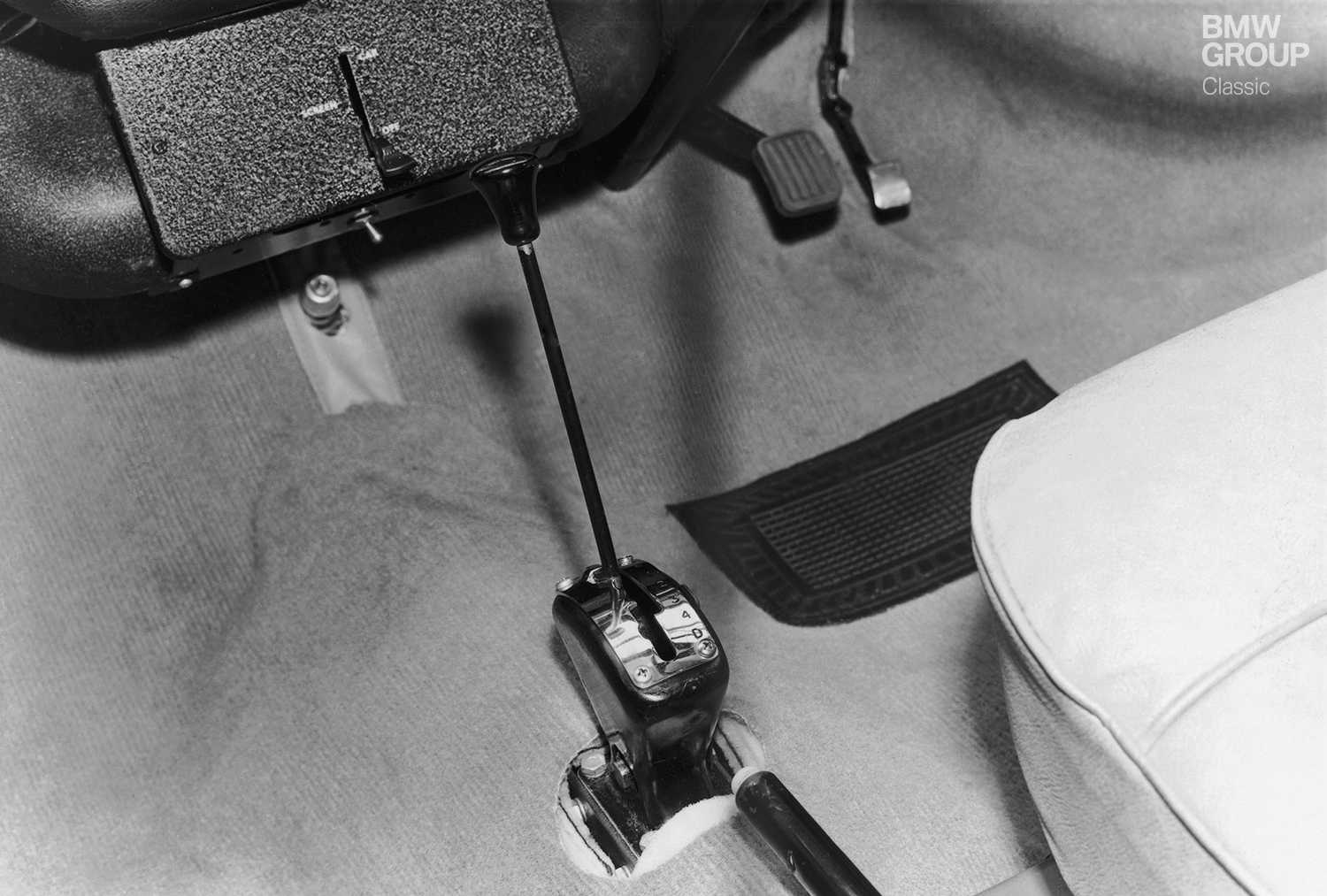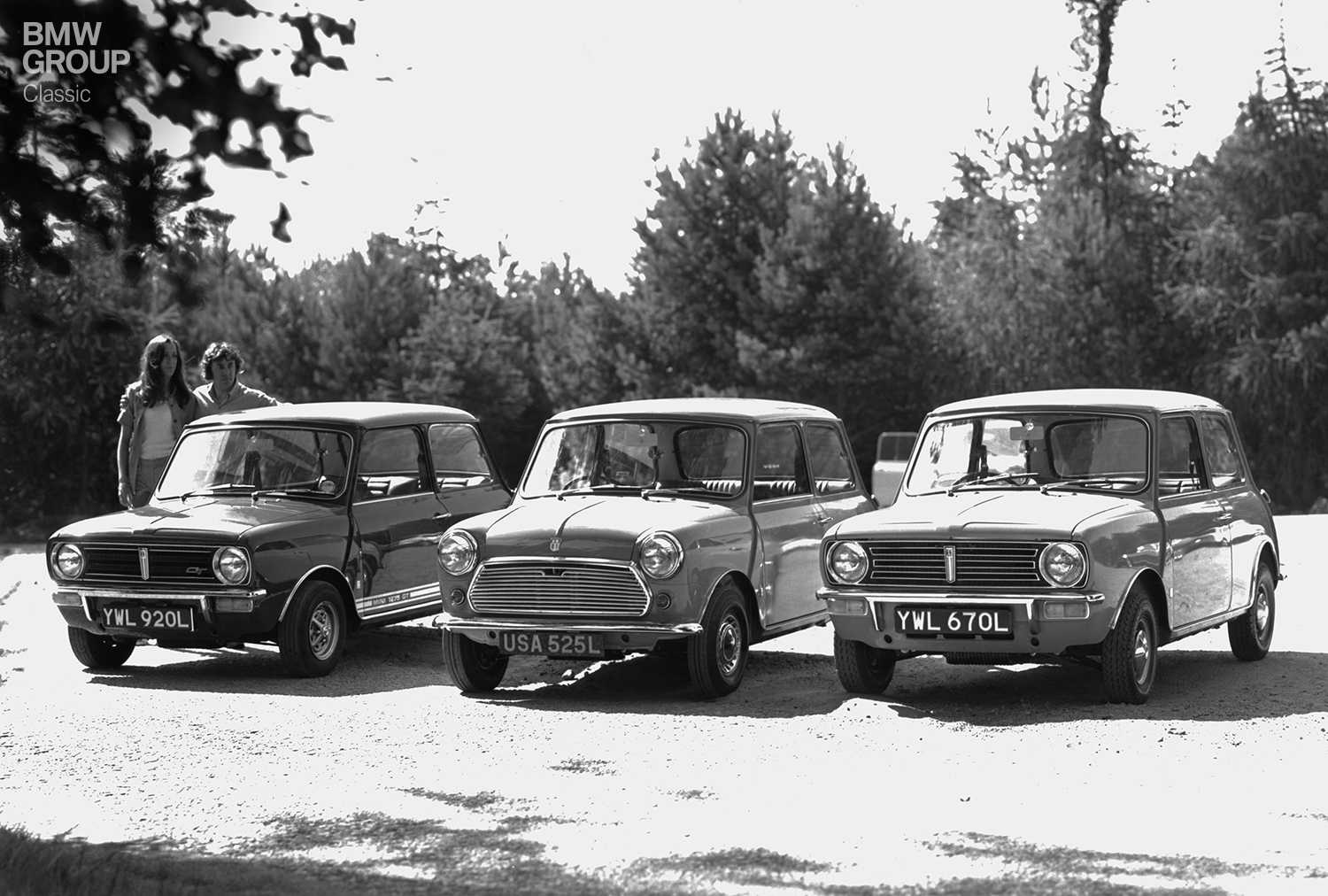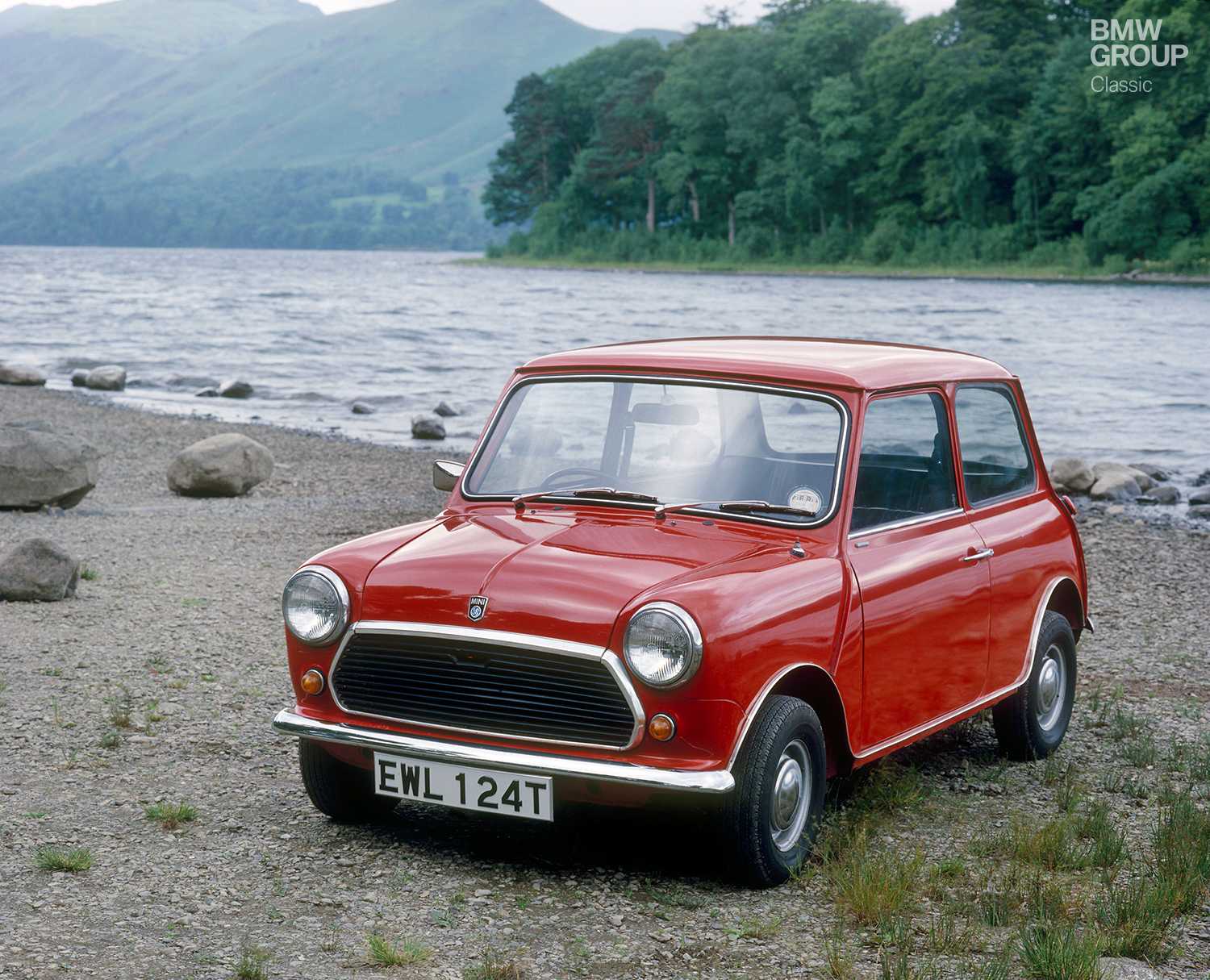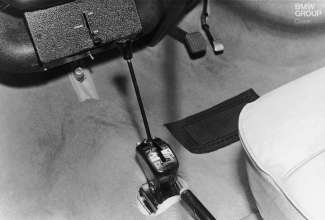Combustion engines in cars suffer from a fundamental problem – they can only deliver their full force within a specific rev band. Drop below the required rpm and you cut off their lifeblood, venture beyond and you’re signing their death warrant. This need to keep the engine constantly smiling is, put simply, a gearbox’s sole raison d’être. From the dawn of automotive history, keen drivers have been forced to add changing gear to steering and braking on their multi-tasking to-do list. Over the many years where non-synchronised gearboxes were the norm, this constituted something of a challenge; considerable dexterity with your double-declutching and throttle-blipping was required to engage the correct gear. Many considered this an onerous chore and it certainly took practice to master. Indeed, even in the 1950s gearboxes still held some nasty, grinding surprises for the unsuspecting motorist.
The dream of effortless motoring.
An automatic transmission fit to free the world of the aforementioned issues long remained the stuff of dreams – dreams entertained most fondly in the labour-saving-obsessed USA. The first functioning automatic ‘boxes had just two gears. Only large-capacity engines generating decent power at low revs could work with them, and even then the added comfort of these torque converter automatics had to be weighed up against a significant drawback: the hydraulic oil sucked away an indecent chunk of the engine’s power.
Small European cars struggled to enact automatic gear changes an American would recognise. With little in the way of displacement to rely on, they extracted their usually modest outputs primarily from the engine’s revs. Not that their drivers would have said no to the extra comfort lusted after by their counterparts across the pond.
The search was on for new solutions, and everyone was getting involved. All agreed that, in the ever tighter confines of city traffic, a small car that liberated its driver from the ball-and-chain of clutch and gear changes would be ideal. Finally, in the 1960s, those resourceful engineers at BMC succeeded in shoe-horning a refreshingly fluent automatic transmission into the miniscule dimensions of a classic Mini’s engine compartment. With the final piece in the jigsaw unearthed, the perfect city car was ready for action.
Give me five.
The torque converter in question was attached to the crankshaft and connected to the likewise specially developed transmission by a hollow shaft. Drivers could still flick between the gears (of which there were five, incl. reverse) manually or nudge the lever into the “D” position for automatic changes. Reducing the driver’s workload to accelerating and braking, the latter choice would make life at the wheel a wonderfully simple affair. No luxury sedan of the time did it better.
The Austin Mini automatic was not, though, one of those brawny Cooper sorts; its 850cc four-cylinder engine developed a mere 37 horsepower, which meant it needed a princely 41.8 seconds to get from 0 to 100 km/h (62 mph) and could manage no more than 113 km/h (70 mph) at its top end (figures as featured in the 18/1967 issue of German car magazine auto, motor und sport). But a lack of power was one of the few criticisms the road testers at the time could level at the diminutive Brit.
City slicker.
For short journeys on tight, busy city streets requiring consummate all-round ability, the super-smooth automatic made the classic Mini a superb fit. The chance to sit back, drive and forget everything else was the fulfilment of a long-cherished dream for many drivers. Sadly, though, this rather pleasant splash of comfort came at a price – and a considerable one at that. DM 1,200 was a fair old mark-up in a class where most of the car’s rivals could be had for around DM 5,000. Indeed, at DM 6,180 the Austin Mini automatic was now moving in circles where customers could find rather more in the way of power, size and prestige. Sure, those other cars didn’t have an auto ‘box, but this was an era where status was at least as important as it is today. One’s hard-earned wealth needed to be something other people – notably the guy next door – could see. And that meant this practical, rather agreeable option would be forever rare.
Looking back, the little Austin Mini automatic appears very much ahead of its time. Its current generation of descendants have been the first to offer as a matter of course what its 1960s forebears had first brought to the table – easy driving in bustling city traffic thanks to automatic gear changes.




